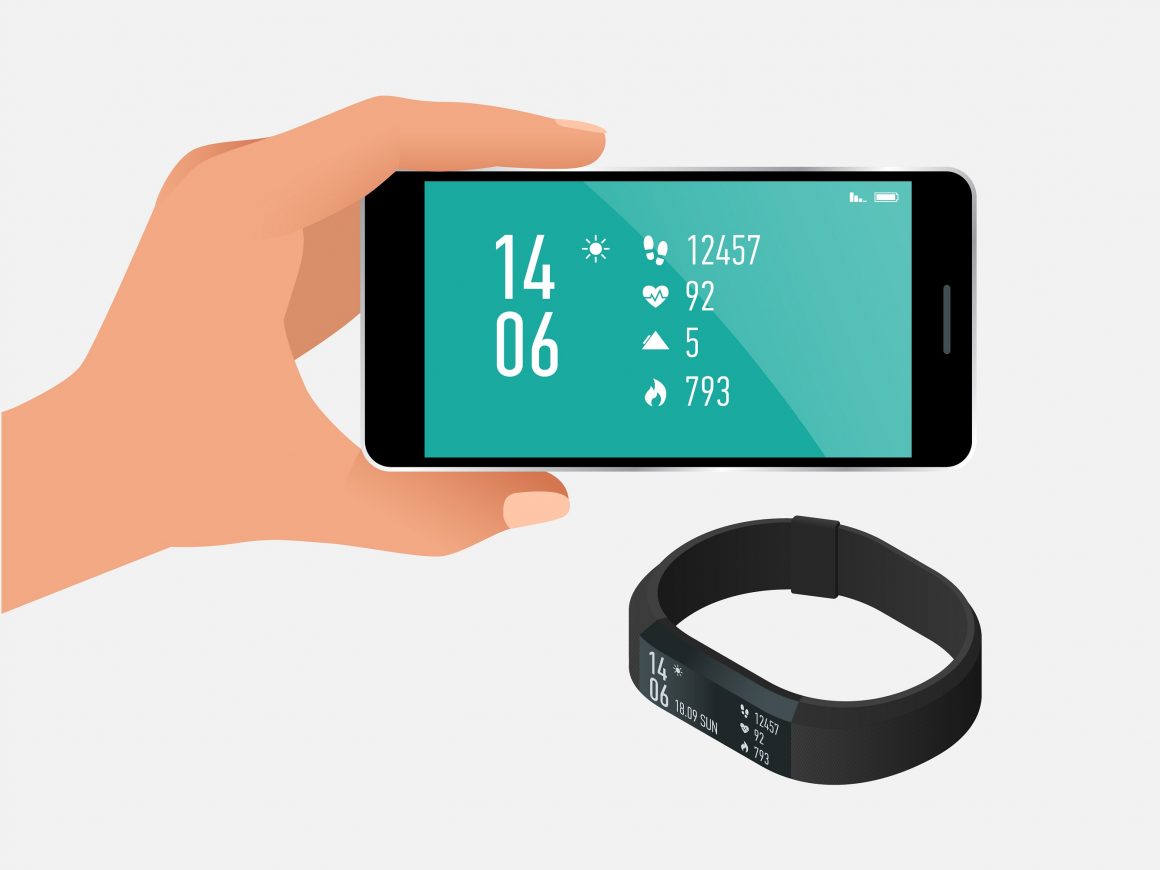Wearable devices are a growing health trend among all demographics, with older adults being no exception. And while the technology holds great promise for what it can do to help individuals and healthcare providers alike to monitor health on a more regular basis, finding the right wearable for your needs and expectations is not as simple as buying an Apple watch.
Determining the wearable that is right for you depends on what information you’re hoping to collect and how it will plug into your overall health plans, be it a simple a fitness monitor or a type of medical device that feeds information back to your healthcare provider.
You’ll most likely want something that suits your style, is comfortable and won’t require a ton of maintenance on your part. Without further ado, we’ve compiled a list to help you better understand your options and select the right device for you.
Fitness Trackers
Maintaining a regular exercise schedule is vital to senior health as the risk of chronic disease rises with age. Some health conditions make it more difficult to exercise, thus compounding the problem. Diabetes, obesity, hypertension and high blood pressure are all examples of conditions that can lead to life threatening events.
Fitness trackers can help you maintain activity levels by providing goals and markers for your physical health. Some of them even have the ability to monitor sleep, the quality of which can be just as important as being active. Additionally, if you are purchasing the tracker for someone who wanders or has a tendency to get lost, one with GPS monitoring may be useful.
Important factors to consider in purchasing a fitness tracker include ease of use, how often it needs to be charged, whether or not it tracks sleep, display quality, distance covered and heart rate.
Of those on the market you’ll quickly come across the Fitbit family of wearables. The Fitbit Charge 2, for example, checks many of the boxes, operating as a heart rate monitor as well as being a sleep and activity tracker capable of analyzing your workouts to provide stats. It also syncs with your phone so that you can take calls or view texts. The only down side, the battery has to be charged around once every four days and the display is small and monochrome.

While Fitbit has become a household name in fitness trackers, the market for them has become more competitive in recent years. The Garmin Vivofit fitness band is a good alternative. It boasts the ability to track a range of activities and collect stats to help you set goals. It not only includes a sleep tracker, but it can help you calculate steps, distance and even calories consumed. The display is bright and it has a high ease of use. Perhaps one of the device’s most impressive features, however, is the battery life, which can last over a year.
Health Monitors
Differing from fitness trackers in intent, health monitors typically examine a senior’s activity as it relates to something like activities of daily living, so that older adults can be better informed about their health and habits between doctor’s visits.

For example, CarePredict is a product that can monitor activities of daily living such as eating, using the bathroom and brushing teeth, but it also can relay that information as well GPS data to caregivers so that they can be made aware of developing health problems or dangerous situations. Unfortunately, this technology is only available to in-home care providers and assisted living communities at present. But similar to their more passive counterpart, home sensing technology, researchers and tech developers are working on ways to make these products more commercially viable for the average person.
One of the most important functions of a senior health monitor is the ability to detect falls. An example that can be purchased is Alert-1s Mobile and Home Fall Detection System. For out of home use, older adults can carry a lightweight device called the PAX Plus. It’s not only GPS-enabled, but it also provides an emergency button that can be used for unlimited two-way voice calls. It has a battery life of 24 hours and takes a mere two hours to charge.
For around the house use, a small sensor can be worn in the form of a wristband or pendant. If the system detects a fall, it will automatically alert a 24/7 command center staffed by trained 911 operators who can send help when needed.
In the end, there are a wide range of products available to older adults to help monitor their health, but research and extensive conversations with healthcare providers can provide you with a better idea of which one is an ideal fit for you.
